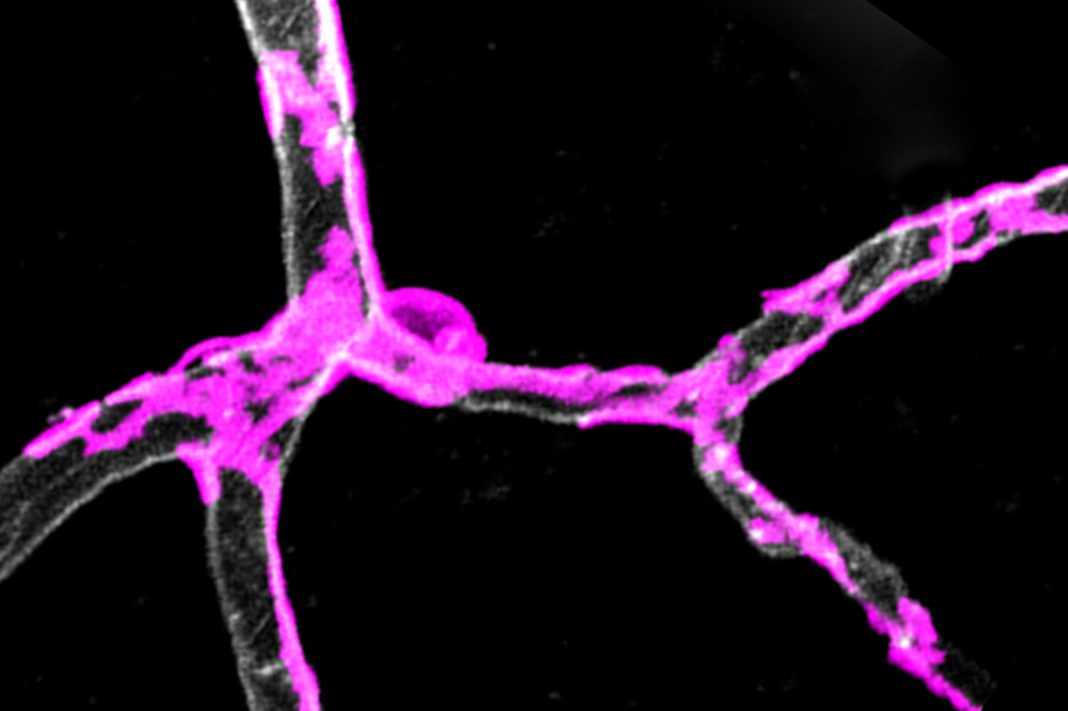Alzheimer’s disease is a debilitating neurological condition that millions of people’s lives daily, but as of yet there is no cure. However, that doesn’t scientists battling on to try and find the answers they need. While many studies on Alzheimer’s treatment focus on the beta-amyloid plaques in the brain, researchers have discovered a new potential target to turn their attention to in the so-called “gatekeeper cells.”
These “gatekeeper cells” control the flow if oxygen within the brain and are also known as pericytes. However, when they stop working or become too low in supply, they’re at risk of suffocating neurons. Berislav Zlokovic, the senior author of the pericyte study and director of the Zilkha Neurogenetic Institute of the Keck School of Medicine at the University of Southern California, says, “Pericyte degeneration may be ground zero for neurodegenerative disorders like Alzheimer’s disease, ALS, and possibly others. A glitch with gatekeeper cells that surround capillaries may restrict blood and oxygen supply to active areas of the brain, gradually causing neuron loss that might have important implications for Alzheimer’s disease.”
As part of the study, researchers bioengineered mice to have 25 percent fewer pericytes to see if this should be looked into as a possible cause of Alzheimer’s disease. Those mice lacking pericyte showed around 30 percent reduced blood flow in the brain compared to normal mice. The results also showed that the cerebral blood flow response worsened with age and went as low as 58 percent under that of their siblings at six to eight months old.
Amy Nelson, co-first author and a postdoctoral scholar at the Zilkha Neurogenetic Institute, said, “We now understand the function of blood vessel gatekeeper cells is to ensure adequate oxygen and energy supply to brain cells. Loss of these gatekeeper cells leads to impaired blood flow and insufficient oxygen delivery to the brain. The big mystery now is: What kills pericytes in Alzheimer’s disease?”
More News To Read











